Ningxia Carpet
North Central China
10’2” x 14’6”
Circa Early 1800s
Warp: cotton, handspun
Weft: cotton, handspun, 2 shoots alternating
Pile: wool, handspun, naturally dyed
This large, Buddhist monastic carpet is interesting for a number of reasons.
It is in the format of a double pillar carpet with the pattern reflected across the implicit central axis.
Two Gelugpa monks blowing ceremonial conch shell trumpets face one another.
In the usual pillar rug configuration, there is but one monk. There are no inscriptions indicating donor or recipient monastery. Above, in the pale yellow field are facing, running, advancing, scaly dragons, along with two-tier cloud motives and serpentine cloud bands.
Finishing the top of the field is a deep, open, cord and bead lambrequin suspended from dark blue demon masks and knot intermediaries.
The uppermost ecru border displays fret modules, with secondary, borders showing a smaller T-fret running pattern, and a final row of round pellets or pearls. At the bottom is a very wide,
compound panel of clouds and polychrome, slanting rain., the Yun-tsao tou design.
At the center of this panel is a small mountain, matched by similar half-mountains at each side.
The carpet could be used as a pillar rug, around a pillar three feet by fifteen, and there are monastery prayer halls known with such columns. On the other hand, this carpet with its exotic red-robed monks, dragons, lambrequin and Yun-tsao tou lower panel, and Western room size, could have been woven for floor use in some abbot’s quarters. The yellow ground may have been faded from a redder tone, as a result of a fugitive logwood dye. But the red of the monks’ robes has only slightly softened, so maybe it was yellow all along, just more saturated. The rug could wrap around a pillar, with the border, lambrequin, and the lower panel meeting and completing.
Pillar carpets often have single dragons completing when the carpet is hung, or single monks of the relevant order. The monks are complete as they stand are not completed upon hanging. The moderately coarse weave, and the balance of wefts and knots indicates a period around 1800.
Ningxia is a wool trading town, supplied from Tibet, Mongolia and local sources. Naturally, rug weaving should have developed, and the town, with about a dozen workshops, supplied the Ch’ing court, government magistrates, Buddhist monasteries and affluent merchants. Pillar carpets, from five to sixteen feet in length, were a profitable line and no other region, even in later times, supplied that market. The handle is soft and the carpet is in good condition.
North Central China
10’2” x 14’6”
Circa Early 1800s
Warp: cotton, handspun
Weft: cotton, handspun, 2 shoots alternating
Pile: wool, handspun, naturally dyed
This large, Buddhist monastic carpet is interesting for a number of reasons.
It is in the format of a double pillar carpet with the pattern reflected across the implicit central axis.
Two Gelugpa monks blowing ceremonial conch shell trumpets face one another.
In the usual pillar rug configuration, there is but one monk. There are no inscriptions indicating donor or recipient monastery. Above, in the pale yellow field are facing, running, advancing, scaly dragons, along with two-tier cloud motives and serpentine cloud bands.
Finishing the top of the field is a deep, open, cord and bead lambrequin suspended from dark blue demon masks and knot intermediaries.
The uppermost ecru border displays fret modules, with secondary, borders showing a smaller T-fret running pattern, and a final row of round pellets or pearls. At the bottom is a very wide,
compound panel of clouds and polychrome, slanting rain., the Yun-tsao tou design.
At the center of this panel is a small mountain, matched by similar half-mountains at each side.
The carpet could be used as a pillar rug, around a pillar three feet by fifteen, and there are monastery prayer halls known with such columns. On the other hand, this carpet with its exotic red-robed monks, dragons, lambrequin and Yun-tsao tou lower panel, and Western room size, could have been woven for floor use in some abbot’s quarters. The yellow ground may have been faded from a redder tone, as a result of a fugitive logwood dye. But the red of the monks’ robes has only slightly softened, so maybe it was yellow all along, just more saturated. The rug could wrap around a pillar, with the border, lambrequin, and the lower panel meeting and completing.
Pillar carpets often have single dragons completing when the carpet is hung, or single monks of the relevant order. The monks are complete as they stand are not completed upon hanging. The moderately coarse weave, and the balance of wefts and knots indicates a period around 1800.
Ningxia is a wool trading town, supplied from Tibet, Mongolia and local sources. Naturally, rug weaving should have developed, and the town, with about a dozen workshops, supplied the Ch’ing court, government magistrates, Buddhist monasteries and affluent merchants. Pillar carpets, from five to sixteen feet in length, were a profitable line and no other region, even in later times, supplied that market. The handle is soft and the carpet is in good condition.
-
Dimensions:Width: 122 in (309.88 cm)Length: 174 in (441.96 cm)
-
Materials and Techniques:WoolHand-Knotted
-
Place of Origin:China
-
Period:1800-1809
-
Date of Manufacture:1800
-
Condition:GoodRepaired.
-
Seller Location:New York, NY
-
Reference Number:Seller: 40-503Seller: LU4926120286892
Reviews (0)























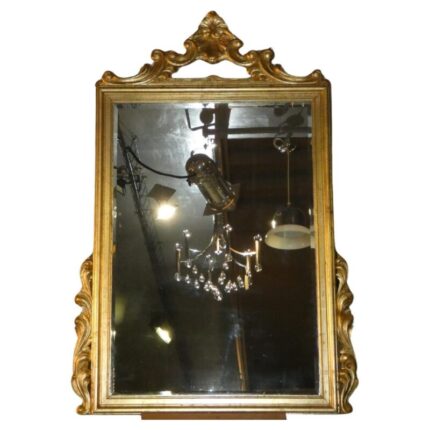

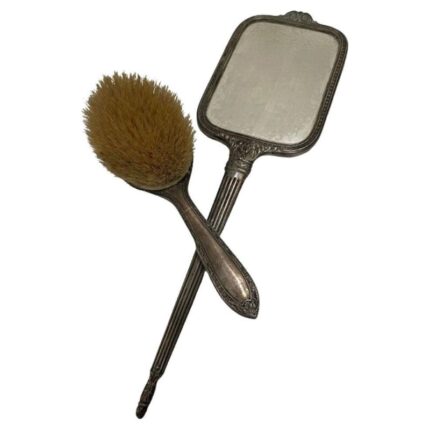

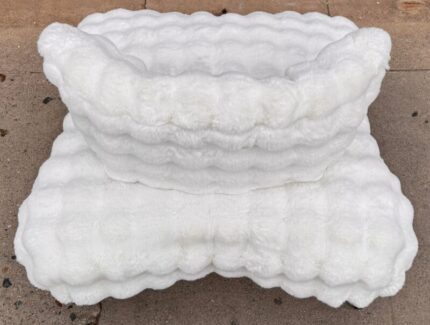

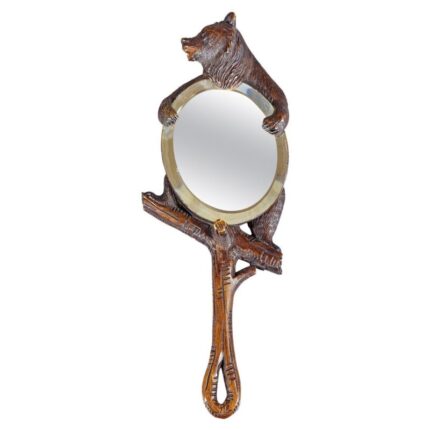

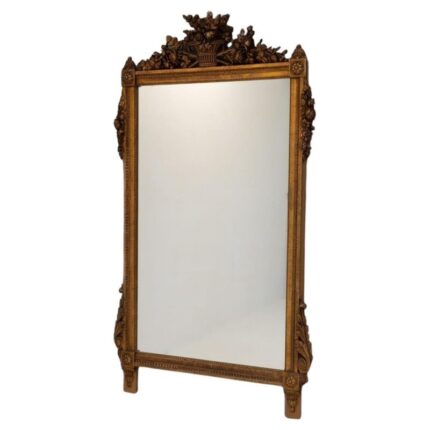



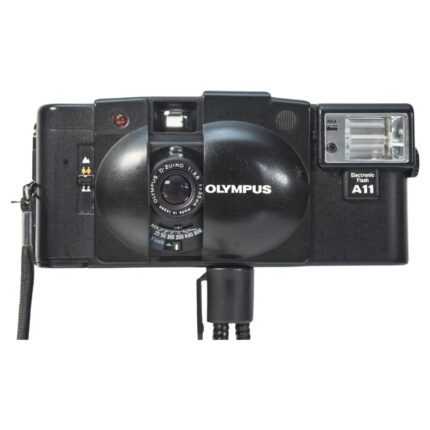

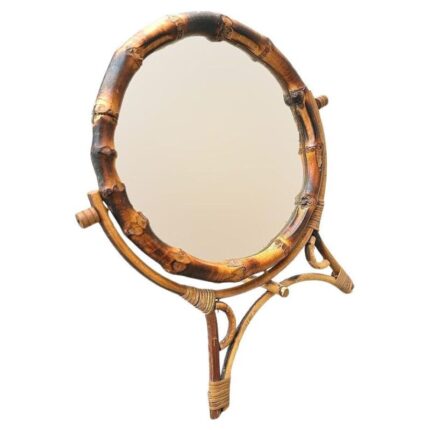

Reviews
There are no reviews yet.